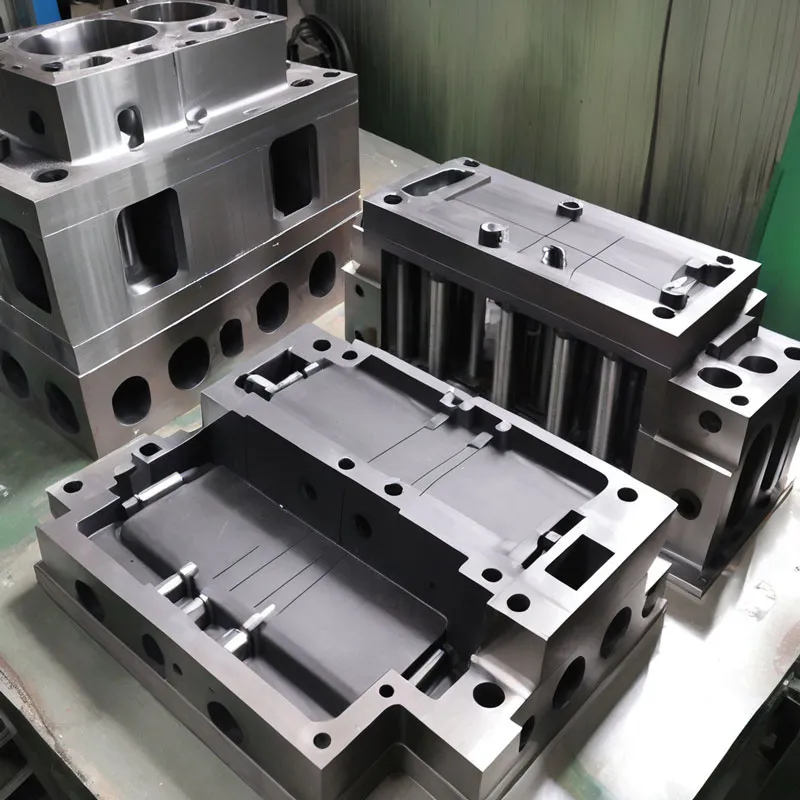Characteristics of rubber mold production process
2024-09-21
Rubber products are generally made of rubber molds that are heated, pressurized, and kept warm by a hot press. In my country, the classification of rubber molds is divided into four common molds according to the mold structure and product production process: compression molding molds, die-casting molds, injection molding molds, and extrusion molding molds, as well as some special rubber molds for producing special rubber products, such as inflation molds and dip molds.

Several process molding methods in rubber mold production
Rubber products are generally made of rubber molds that are heated, pressurized, and kept warm by a hot press. In my country, the classification of rubber molds is divided into four common molds according to the mold structure and product production process: compression molding molds, die-casting molds, injection molding molds, and extrusion molding molds, as well as some special rubber molds for producing special rubber products, such as inflation molds and dip molds. The editor summarizes the characteristics of several molds for your reference:
Characteristics of rubber mold production process
Compression molding mold: also known as ordinary compression mold. It is to put the semi-finished rubber compound that has been mixed, processed into a certain shape and weighed directly into the mold, and then send it to the flat vulcanizer for pressurization and heating. The rubber compound is vulcanized and formed under the action of pressure and heating.
Features: The mold has a simple structure, strong versatility, wide application, and convenient operation, so it occupies a large proportion in rubber molded products.
Die casting mold: also known as transfer mold or extrusion mold. It is to put the mixed, simple-shaped, limited rubber compound or rubber block semi-finished product into the die casting mold cavity, squeeze the rubber compound through the pressure of the die casting plug, and make the rubber compound enter the mold cavity through the pouring system for vulcanization and shaping.
Features: It is more complicated than ordinary die pressing, suitable for making thin-walled, slender and easy-to-bend products that cannot be pressed or barely pressed by ordinary die pressing, as well as rubber products with complex shapes and difficult to add materials. The products produced by this mold have good density and superior quality.
Injection molding mold: It is to inject the rubber material preheated into the plastic state into the mold through the injection mold pouring system for shaping and vulcanization.
Features: complex structure, suitable for large, thick-walled, thin-walled, and complex-shaped products. High production efficiency, stable quality, and can realize automated production.
Extrusion molding mold: The semi-finished rubber profiles of various cross-sectional shapes are made through the molding mold of the machine head to achieve the purpose of preliminary shaping, and then after cooling and shaping, they are transported to the vulcanization tank for vulcanization or used as pre-molded semi-finished rubber materials required for compression molding.
Features: high production efficiency, stable quality, and can realize automated production.





